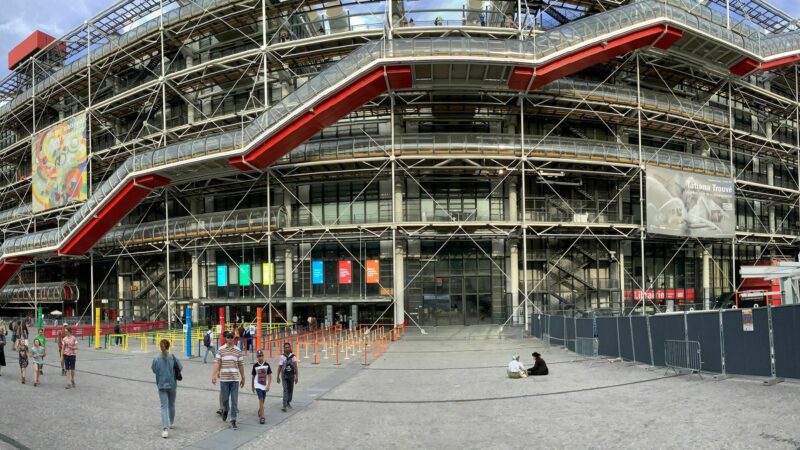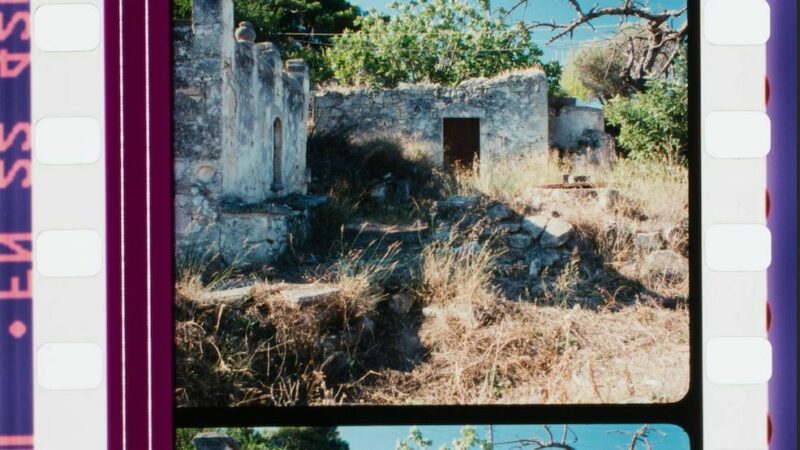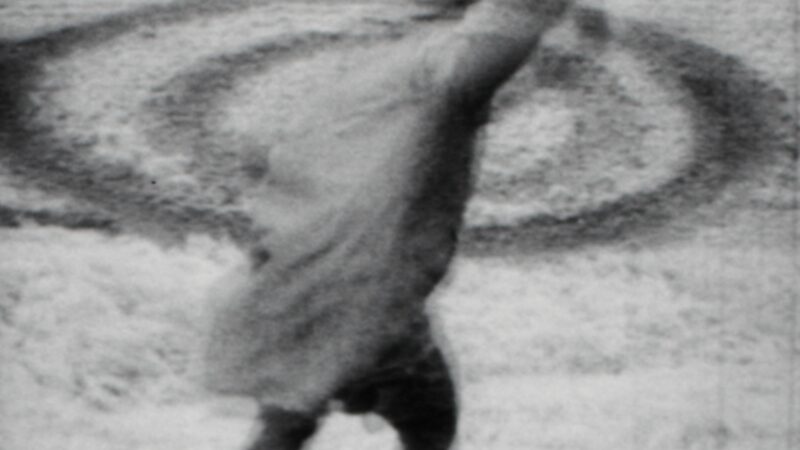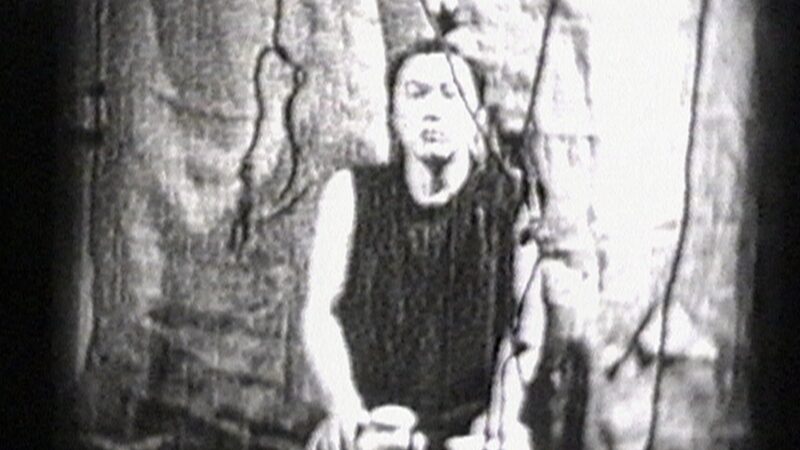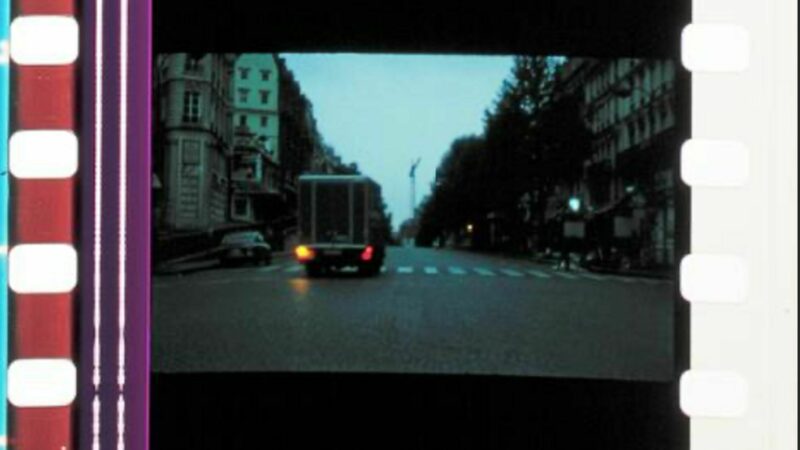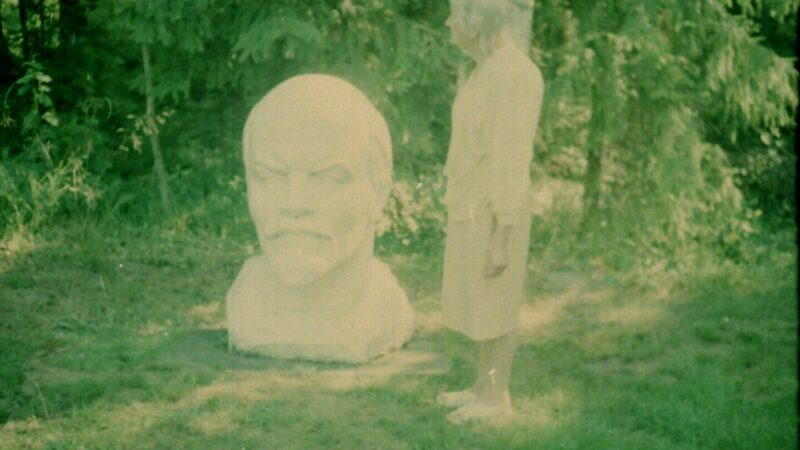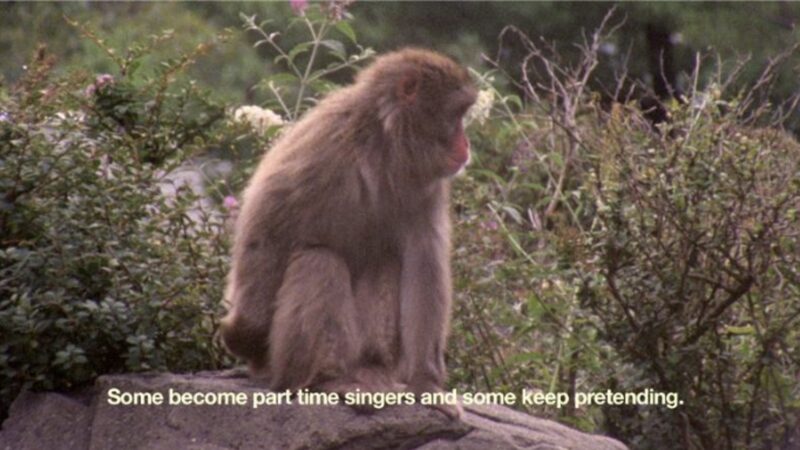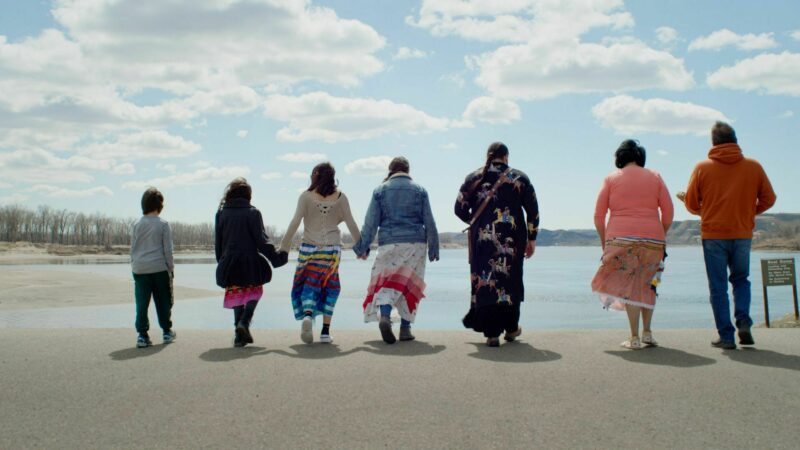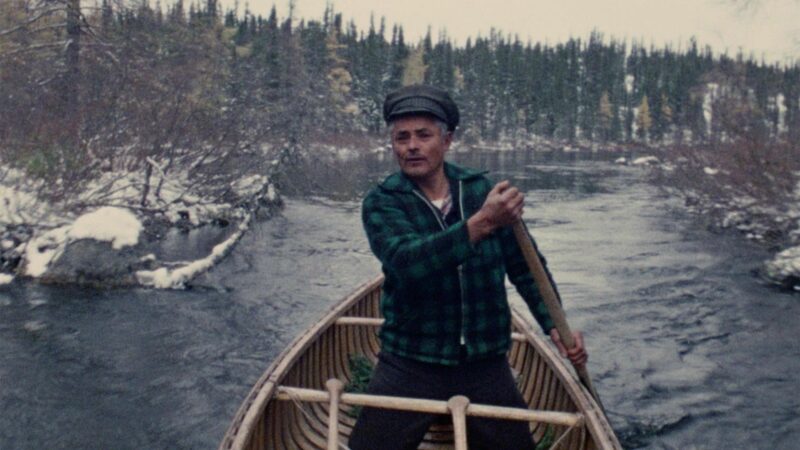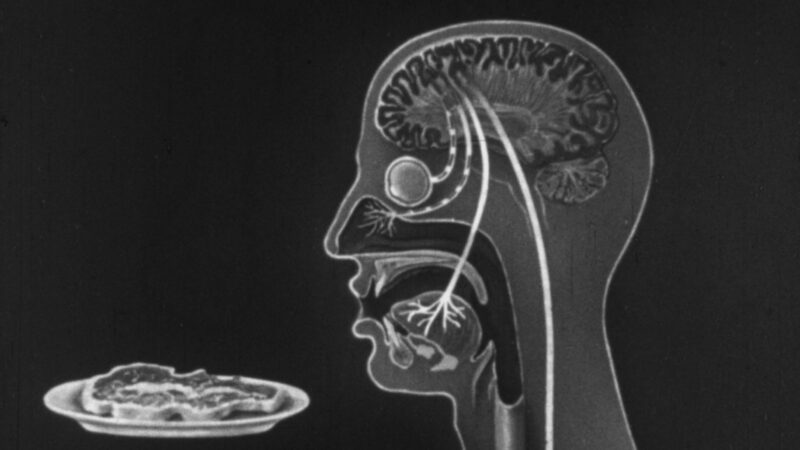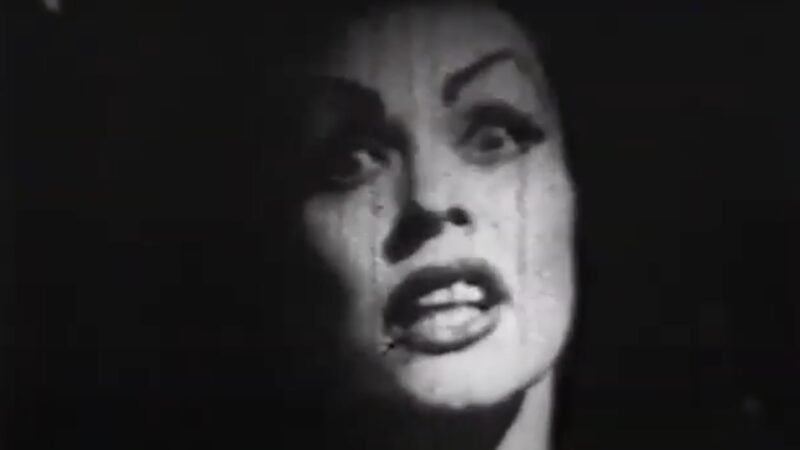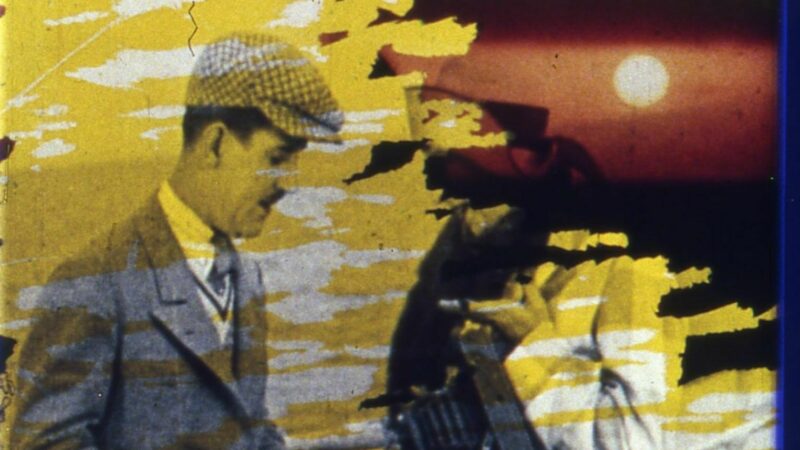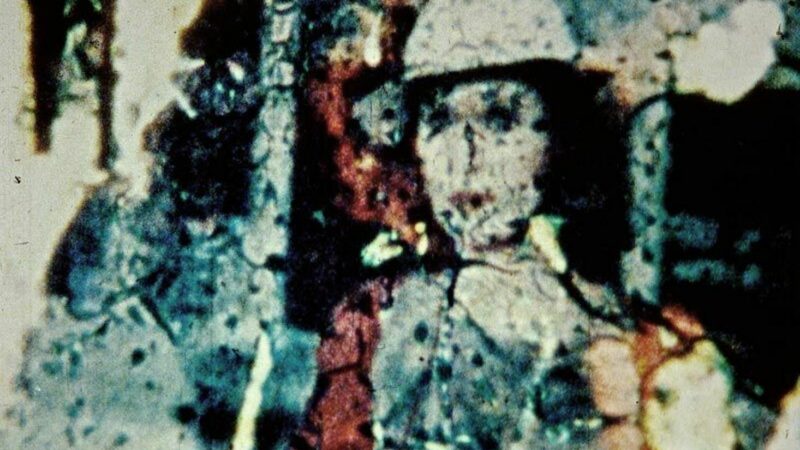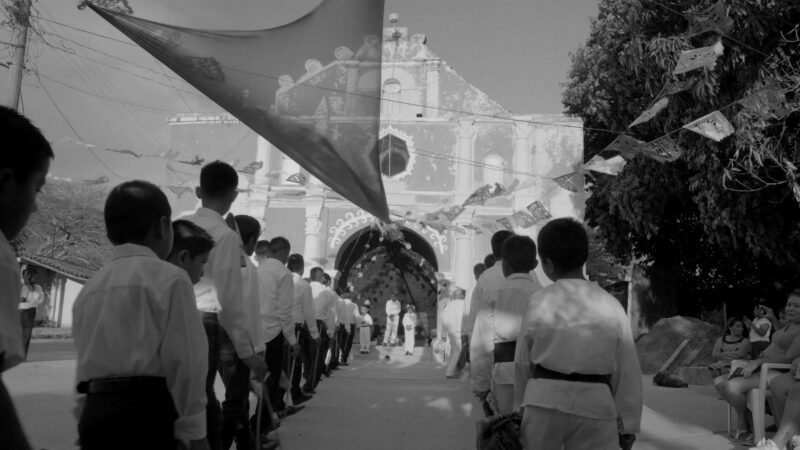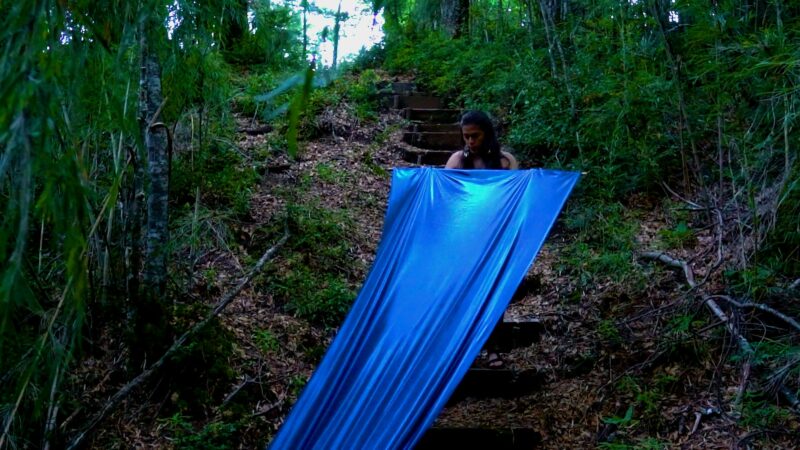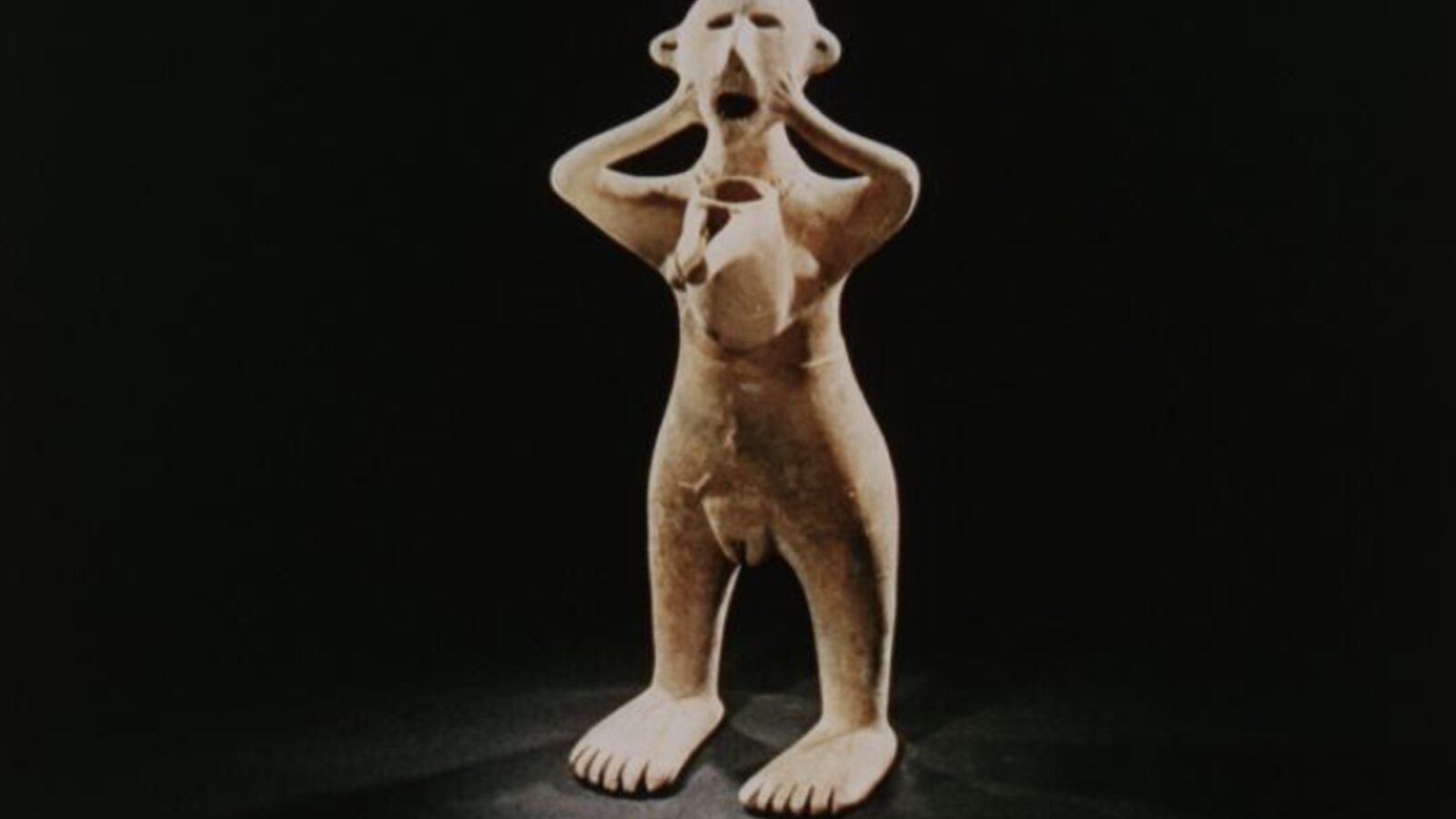
Les Collines de Marlik
Ebrahim Golestan
Presented only in theatres.
This film is part of the program Carte Blanche au Centre Pompidou.
Director, essayist, poet, filmmaker and producer, Ebrahim Golestan (1922−2023) is a central intellectual figure in modern Iranian history. It was through his independent production company — the first in Iran — that he revealed the cinematic talents of poetess Forough Farrokhzad, among others. In 1962, the poetess moved to Tabriz to shoot her only personal film, La maison est noire (1963), a short film about a leper colony where lepers kept away from the world await death. Awarded the Grand Prix for Documentary Film at the Oberhausen Short Film Festival in 1963, this film marked the birth of an Iranian “new wave”. Directed the same year by Ebrahim Golestan, Les Collines de Marlik (The Hills of Marlik) seems to be a direct response to Farrokhzad’s film, turning an archaeological site from which fertility statuettes have been unearthed into an allegory of bodies doomed to confinement and dereliction. At the crossroads of documentary and film essay, Golestan’s film offers an anachronistic portrait of its time, reminding Iran of its deep history and age-old culture, at a time when it is being pushed towards modernity at breakneck speed.
This film is part of the program Carte Blanche au Centre Pompidou.
Director, essayist, poet, filmmaker and producer, Ebrahim Golestan (1922−2023) is a central intellectual figure in modern Iranian history. It was through his independent production company — the first in Iran — that he revealed the cinematic talents of poetess Forough Farrokhzad, among others. In 1962, the poetess moved to Tabriz to shoot her only personal film, La maison est noire (1963), a short film about a leper colony where lepers kept away from the world await death. Awarded the Grand Prix for Documentary Film at the Oberhausen Short Film Festival in 1963, this film marked the birth of an Iranian “new wave”. Directed the same year by Ebrahim Golestan, Les Collines de Marlik (The Hills of Marlik) seems to be a direct response to Farrokhzad’s film, turning an archaeological site from which fertility statuettes have been unearthed into an allegory of bodies doomed to confinement and dereliction. At the crossroads of documentary and film essay, Golestan’s film offers an anachronistic portrait of its time, reminding Iran of its deep history and age-old culture, at a time when it is being pushed towards modernity at breakneck speed.
| Director | Ebrahim Golestan |
| Script | Ebrahim Golestan |
| Editing | Ebrahim Golestan |
| Music | Morteza Hannaneh |
| Cinematographer | Soleiman Minasian |
Session
• Université Concordia - J.A. de Sève, LB-125, Pavillon J. W. McConnell
Sunday, march 16, 2025, 03:00 p.m. — 04:13 p.m.


Production
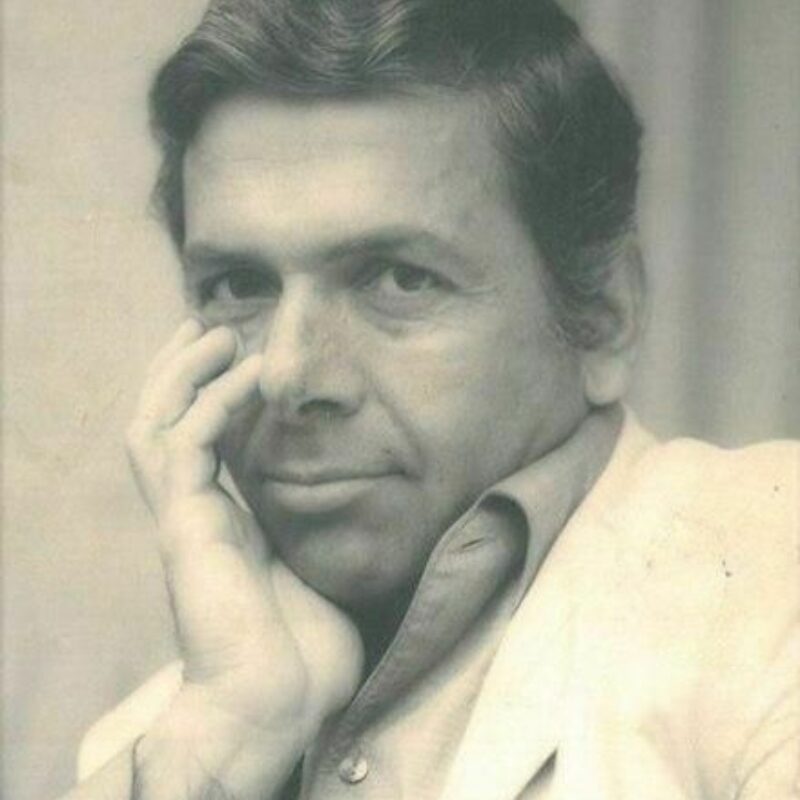
Ebrahim Golestan
Coming from a family of scholars, Ebrahim Golestan (1922−2023) became interested in literature and the arts very early on. He studied law in Tehran in the early 1940s before joining the Iran Oil Company (Anglo-Persian Oil Company) for which he commissioned several institutional films. Close to the Communist Party, he directed the Rahbar and Mardom newspapers and published his first short stories. It was in 1954 that Golestan filmed his first documentary, The Consortium, and founded the first independent Iranian production company: Golestan film unit. A pioneer of Iranian auteur cinema, some of his achievements and productions have enjoyed an international career. In 1962, he turned to fiction, first with a short film¸ Arrangement, then a first feature film, Brick and Mirror (1964). This first film paints a critical portrait of the situation in Iran, fifteen years before the 1979 revolution. Following the death of the poet Forough Farrokhzad, Golestan returned from England and worked on his second feature film (The Secrets of the Treasure of the Jinn Valley), a film which was censored and forced the director to return to London. Ebrahim Golestan is the Persian translator of the great literary works of Shakespeare, Mark Twain, William Faulkner and Ernest Hemingway.
Biographical notes provided by the film production team and edited by Le FIFA’s team
Biographical notes provided by the film production team and edited by Le FIFA’s team
A Fire (1961)
Brick and Mirror (1964)
The Secrets of the Treasure of the Jinn Valley (1974
Brick and Mirror (1964)
The Secrets of the Treasure of the Jinn Valley (1974
In the same session
Université Concordia - J.A. de Sève, LB-125, Pavillon J. W. McConnell
Sunday, march 16, 2025, 03:00 p.m.


You would like





